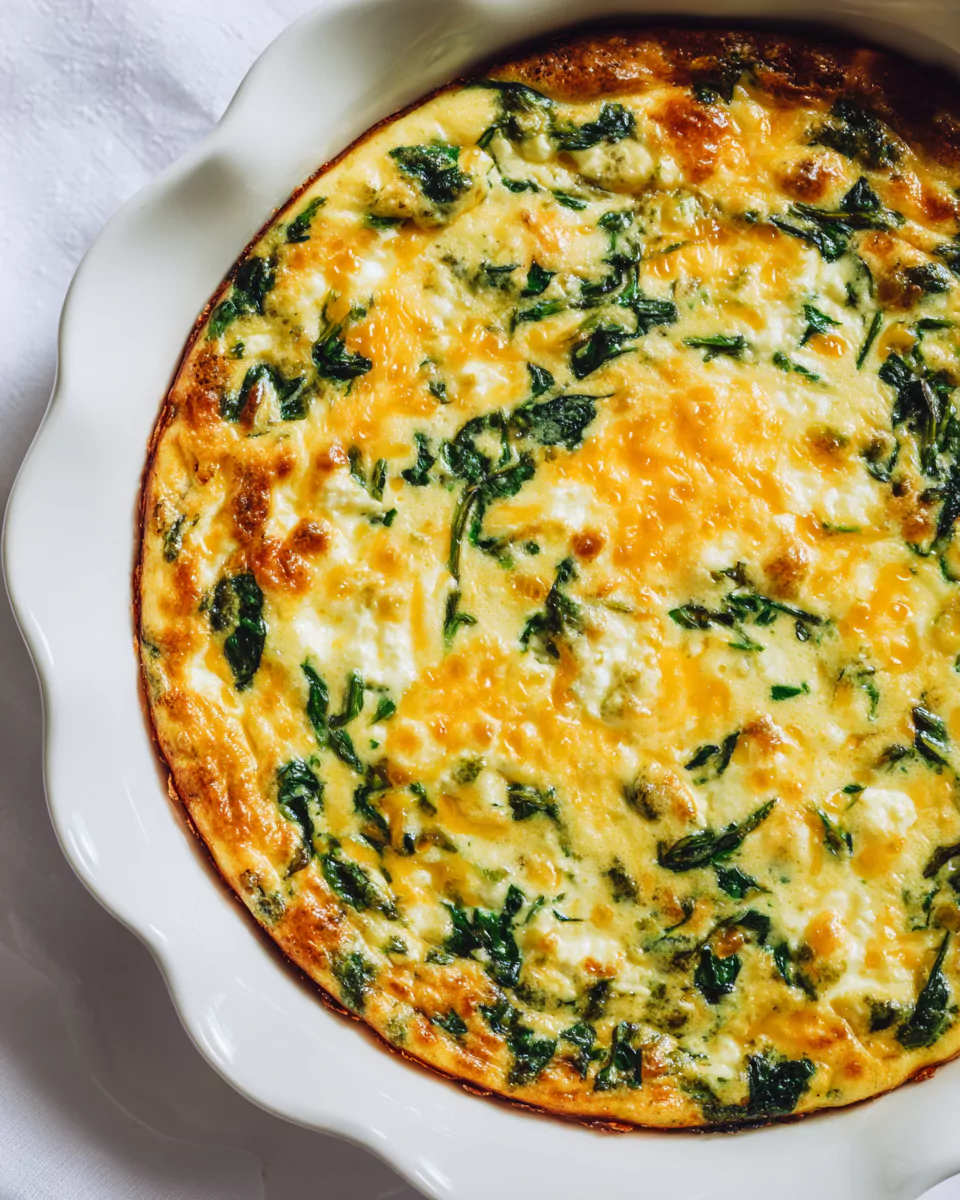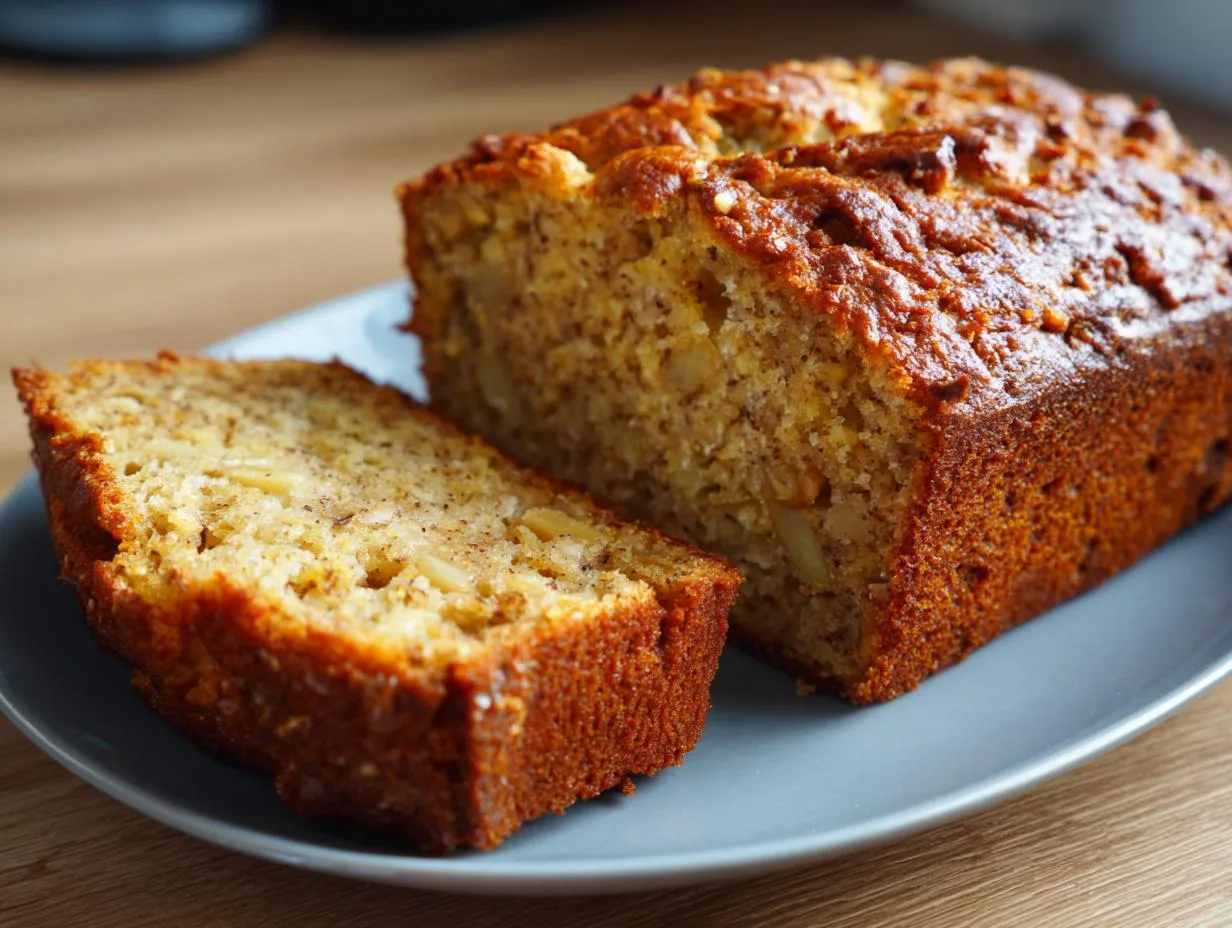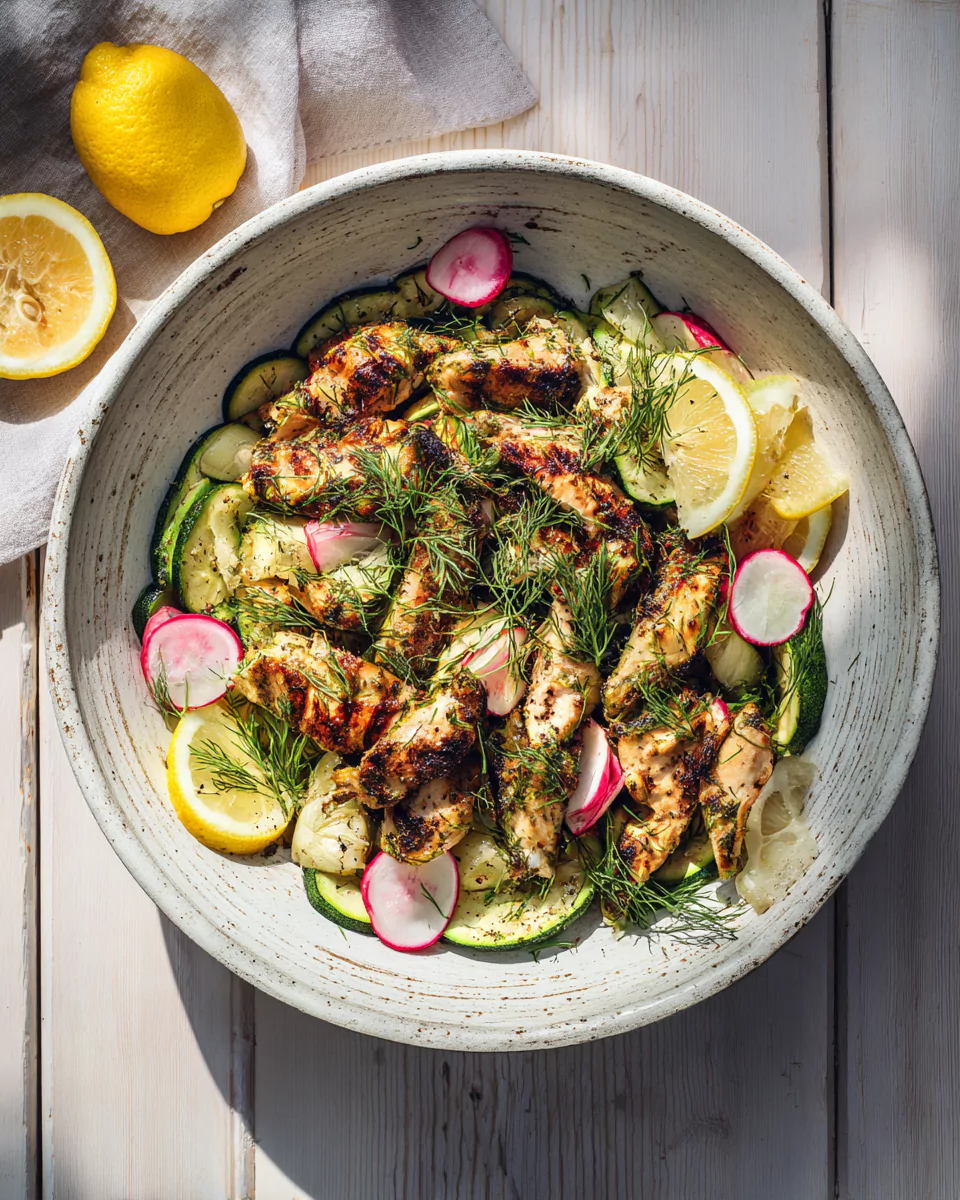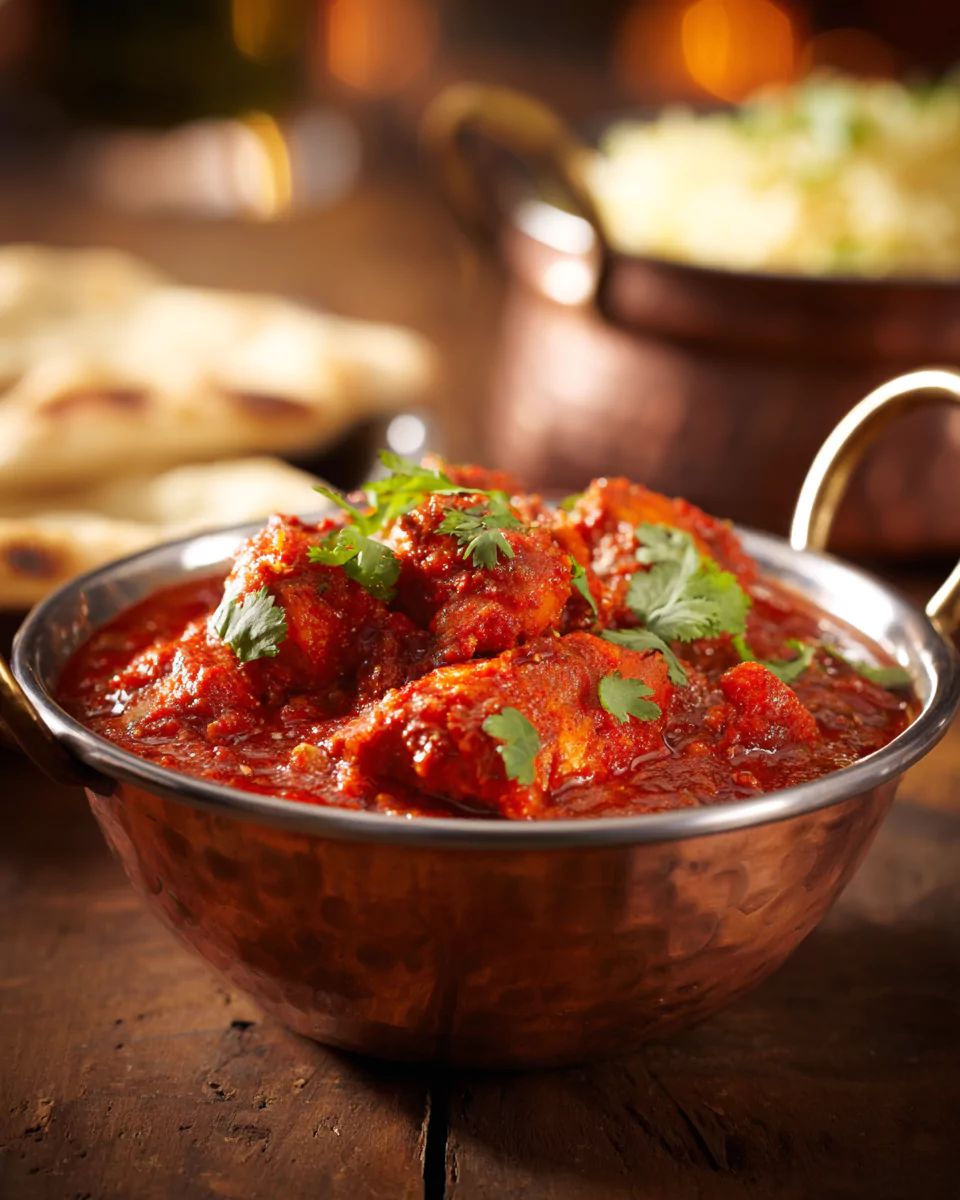Cake pop recipe have taken the dessert world by storm, offering a delightful twist on traditional cakes. Perfect for parties, gatherings, or as a fun family baking project, cake pops combine the rich flavors of cake with the convenience of a lollipop. In this article, we’ll dive into the essentials of making cake pop recipes at home, exploring everything from the basic ingredients to professional decorating tips. Whether you’re a novice baker or a seasoned pro, you’ll find valuable insights to help you create these tasty treats with ease.

Ingredients and Tools
Ingredients Needed
To prepare your cake pop, you’ll need a few key ingredients. At its core, the cake pop recipe involves:
- Cake: You can use any flavor you like—vanilla, chocolate, red velvet, etc. The cake should be prepared ahead of time and allowed to cool.
- Frosting: This holds the the cake crumbs. Choose a flavor that complements your cake.
- Coatings: Candy melts are popular for their ease of use and variety of colors. Alternatively, chocolate can be used for a richer taste.
- Decorations: Sprinkles, colored sugars, or other edible decorations add a fun and festive touch.
Tools Required
Having the right tools can make the process of making cake pops smoother and more enjoyable:

- Cake pop sticks: Essential for dipping and holding the pops.
- Melting pot or microwave-safe bowl: For melting chocolate or candy coatings.
- Cookie scoop or tablespoon: To ensure uniform size of the cake balls.
- Styrofoam block: Handy for letting the dipped cake pops dry without messing up their shape.
This list sets you up for success, ensuring you have everything at hand before you start. Now, let’s move on to the recipe steps, where we’ll blend these ingredients into delightful little cake pops that are as fun to make as they are to eat!
Step-by-Step Recipe
Creating cake pops is both an art and a science. Here’s a detailed guide to help you navigate through each stage, ensuring your cake pops turn out delightful every time.
Crumbling the Cake
First things first: you’ll need to crumble your baked cake into fine pieces. This can be done by hand or using a food processor for a finer texture. The goal here is to have a smooth base with no large chunks, which will help in achieving the perfect consistency once mixed with frosting.
Mixing with Frosting
Once your cake is crumbled, it’s time to mix in the frosting. This step is crucial as it binds the crumbs together, allowing them to be shaped into balls. Start with a small amount and gradually add more until the mixture is moist enough to hold together but not too sticky. It’s like making a small sculpture—too much adhesive, and your art will be sloppy; too little, and it won’t hold.
Shaping
Using a cookie scoop or your hands, form the mixture into uniform balls. Ensure they are compact and smooth with no cracks, as imperfections can cause issues during the dipping stage. If you’re feeling adventurous, you can try different shapes like hearts or cubes for a unique twist!
Coating

Now comes the fun part—dipping your cake balls into the coating. Melt your chosen candy melts or chocolate in a microwave-safe bowl, taking care not to overheat. Dip the tip of your cake pop stick into the coating first, then insert it halfway into a cake ball. This helps secure the ball to the stick. Then, dip the cake pop into the coating, ensuring it’s completely covered. Tap off any excess to avoid drips.
Decorating
While the coating is still wet, sprinkle on your chosen decorations. This step needs to be done quickly before the coating sets. You can also drizzle different colored coatings for a fancier effect.
Drying
Finally, stick the cake pops into a styrofoam block or lay them on a baking sheet to dry. They need to set completely before they can be served, ensuring the coating is hard and the decorations are secure.
By following these steps, you’ll craft cake pops that are not only visually appealing but also irresistibly tasty. Next, we’ll explore different flavors and variations to keep your cake pop game exciting and innovative!
Flavors and Variations
Cake Pop Recipe Flavors
The beauty of cake pops lies in their versatility. You can experiment with a wide range of flavors to suit any palate or occasion. Here are some popular ideas:
- Classic Vanilla: Simple yet delicious, using a vanilla cake base with vanilla frosting.
- Rich Chocolate: Ideal for chocolate lovers, using either a chocolate cake or adding melted chocolate into the mix.
- Red Velvet: Perfect for more elegant gatherings, with its signature color and taste.
- Funfetti: Great for kids’ parties, incorporating colorful sprinkles into a vanilla or light-colored cake.
Each flavor can be paired with various coatings and sprinkles to enhance the taste and visual appeal. You can also mix in nuts, cookie crumbs, or flavored extracts to create custom flavors.
Decorative Variations

Decorating cake pops offers a creative outlet to personalize each piece. Here are some decorative techniques to make your cake pops stand out:
- Glazed with Glam: Use a glossy coating of thin icing instead of the traditional thick candy melts for a chic look.
- Sprinkle Splash: Apply a generous amount of sprinkles for a colorful and festive effect.
- Drizzled Delights: After dipping, drizzle a contrasting color of melted candy or chocolate over the pops for an artistic finish.
- Themed Pops: Decorate based on a theme, like turning your cake pops into little characters or objects, perfect for holidays or themed parties.
With these flavors and decorations, your cake pops will not only taste fantastic but will also be a visual treat, sure to impress anyone who sees them. Up next, we’ll tackle common issues that might pop up and how to troubleshoot them, so your cake pop making goes as smoothly as possible.
Troubleshooting Common Issues
When making cake pop recipe, sometimes things don’t go as planned. Here’s a handy guide to troubleshoot common challenges, ensuring every batch turns out just right.
Common Challenges and Solutions
1. Cracks in the Coating:
- Cause: If the cake pops are too cold (e.g., straight from the freezer) and the coating too warm, cracks are more likely to appear.
- Solution: Allow the cake pops to warm up slightly at room temperature before dipping, and ensure the coating isn’t overheated.
2. Cake Pops Falling Off the Sticks:
- Cause: This can happen if the cake ball is too heavy or the mixture is too moist.
- Solution: Make sure the cake balls are not too large, and the frosting to cake ratio allows the mixture to be moldable but firm.
3. Lumpy or Uneven Coating:
- Cause: Coating that hasn’t been melted smoothly or is too thick.
- Solution: Stir the coating consistently while melting, and if it’s too thick, a bit of coconut oil or vegetable shortening can help thin it.
4. Difficulty in Dipping:

- Cause: The dipping process can be messy if the coating is too stiff or the cake pops aren’t prepared properly.
- Solution: Use a deep, narrow cup for dipping to get an even coat all around the cake pop. Ensure the cake pops are chilled enough so they hold together during the dip.
By mastering these troubleshooting tips, you’ll enhance your skills and avoid common pitfalls that can arise during the cake pop-making process. Next, we’ll explore some professional tips to elevate your cake pops to a whole new level of deliciousness and presentation.
Advanced Tips and Techniques
To elevate your cake pop recipe making, incorporating a few professional tips can make all the difference. Here’s how you can refine your technique to achieve that perfect batch every time.
Professional Tips for Perfect Cake Pops
1. Achieving the Ideal Texture:
- Tip: Mix the cake crumbs and frosting until the texture resembles play dough. It should be pliable but not sticky, allowing for smooth rolling without cracking.
- Technique: If the mixture feels too dry, add frosting one teaspoon at a time; if too moist, add more crumbled cake.
2. Perfectly Smooth Coating:
- Tip: Tap off excess coating by gently tapping the wrist holding the pop, not the stick. This prevents the cake pop from loosening on the stick.
- Technique: Rotate the cake pop slowly as you tap, allowing for an even drip and a smooth finish.
3. Storing for Freshness:
- Tip: Store cake pops in a cool, dry place before serving to ensure the coating sets properly and the pops maintain their shape.
- Technique: Avoid refrigerating for long periods, which can cause condensation and make the surface sticky.
4. Flavor Infusions:
- Tip: Enhance the flavor by incorporating extracts or zest into your frosting. Even a small amount can elevate the overall taste of your cake pops.
- Technique: For a burst of flavor, add 1/2 teaspoon of extract like almond, lemon, or mint to your frosting before mixing it with the cake crumbs.
5. Decorating with Precision:
- Tip: Use tweezers for placing small decorations like edible pearls or intricate sugar flowers. This adds a professional touch and allows for more detailed designs.
- Technique: Decorate while the coating is still tacky to ensure that additions stick but aren’t smudged by a too-wet coating.
Applying these advanced tips will not only improve the quality of your cake pops but also enhance your enjoyment and creativity in the kitchen. In the next section, we will answer some frequently asked questions that might arise during your cake pop-making journey.
Frequently Asked Questions
In the world of cake pop recipe, several common questions often arise. Here, we address these to help clarify any doubts and ensure your cake pop adventures are successful and stress-free.
How Many Cake Pops Does a Box Make?
A standard box of cake mix typically yields about 40-50 cake pops if each pop is rolled to about 1 tablespoon in size. The exact number can vary depending on the size and density of the cake balls.
Do You Freeze Cake Pops Before Dipping?
Yes, freezing the cake pops for about 15-20 minutes before dipping helps them firm up and makes the dipping process easier. However, make sure they do not freeze too hard, as this can lead to cracking when dipped into warm coating.
How Do I Get My Cake Pops to Stick Together?
Ensuring your cake mixture has the right amount of frosting is key. It should be enough to moisten the cake crumbs and allow them to bind together without being overly sticky or wet. If the pops
Conclusion and Final Thoughts
Creating cake pops is more than just a baking activity; it’s a chance to express creativity, share joy, and enjoy the process of making something delightful from simple ingredients. Whether you’re preparing for a special occasion or just looking for a fun way to spend an afternoon with loved ones, cake pops offer a versatile and enjoyable option.
Remember, the key to perfect cake pops lies in the balance of ingredients and the precision of your technique. Take the time to enjoy each step, from choosing your flavors to decorating each little sphere. The more you practice, the better you’ll get, and soon, you might find yourself coming up with unique variations and designs that reflect your personal style.
You can test and use different flavors and decorations. Cake pops are your way to create a delicious and tasty.
Thank you for following along in this detailed guide to making cake pops. We hope you feel inspired to try this recipe and add your own twist to create something uniquely yours. Happy baking, and enjoy every bite of your homemade cake pops!




